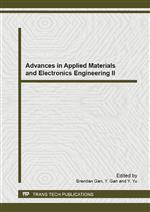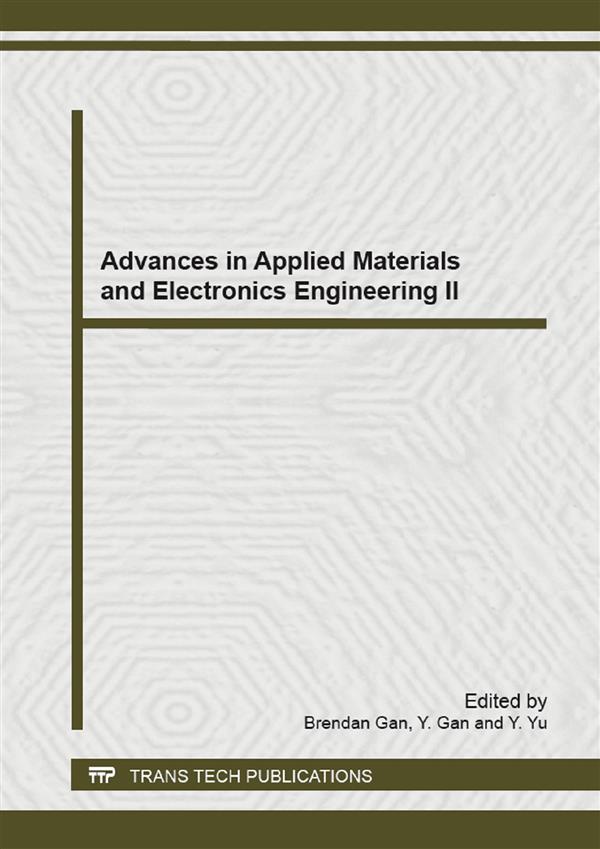Engineering Research
Materials Science
Engineering Series
Advances in Applied Materials and Electronics Engineering II
Description:
This collection of 145 peer-reviewed papers, presented as a one-volume set, covers the latest advances in Nanoscience and Nanotechnology, Structural and Materials Science, Building Materials, Chemical and Materials Engineering, Environmental Engineering and Materials Science, Electrical and Electrical Materials, Mechatronics, MEMS/NEMS, Information and Computational Materials Science, Material Science and Technology, Construction technology and Materials Science and other related fields. Taken together with its coverage of applications, this collection will be welcomed by anyone interested in these subjects.
Purchase this book:
Info:
Review from Ringgold Inc., ProtoView:
Nearly 150 papers cover nanoscience and nanotechnology; chemical andmaterials engineering; construction and materials sciences; environmentalengineering and materials science; electronics and materials forelectronics; technologies and solutions in material processing;mechatronics, measurements, and control; network communication andinformation technologies; engineering management; and miscellaneous topics.Among specific discussions are measuring the cytotoxicity of carbonnanotubes </in vitro/>, solvent-induced structure transitions in copolymerfilms, the effect of substrate on continuous electrohydrodynamic printing,simulating the maximum power tracking control of a wind-light complementarypower generation system, and an overview of osmotic power as a viable powergeneration technology for the present and future.

